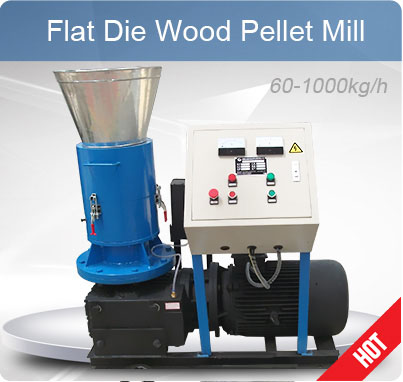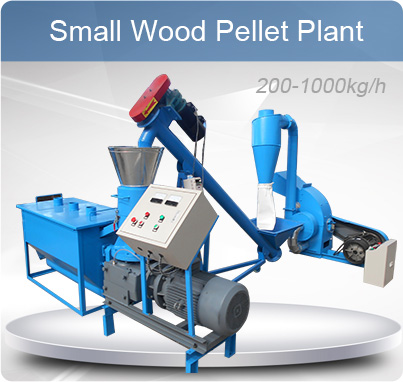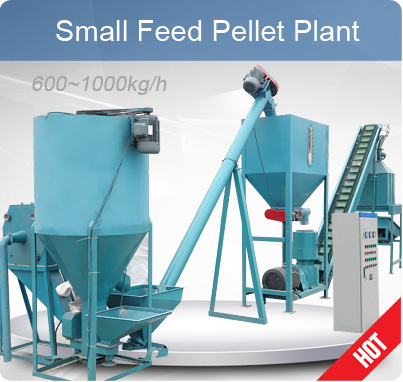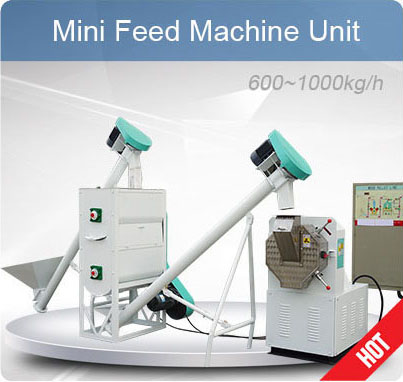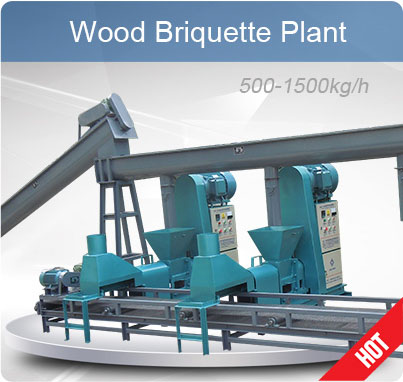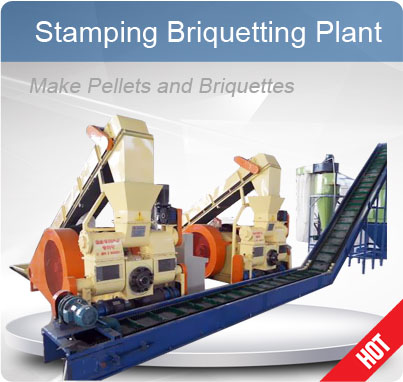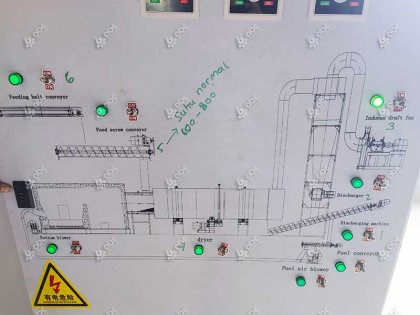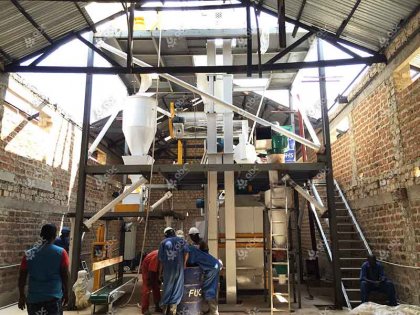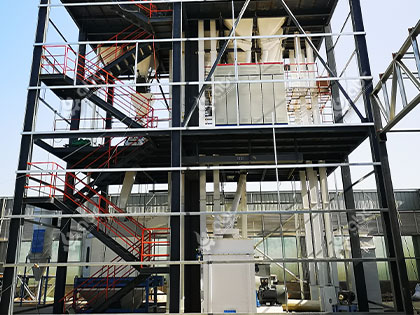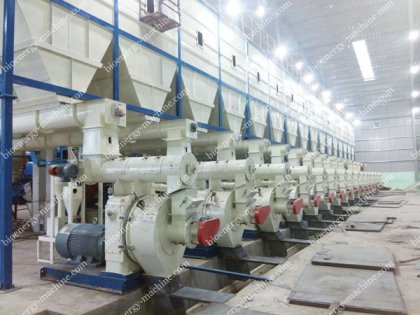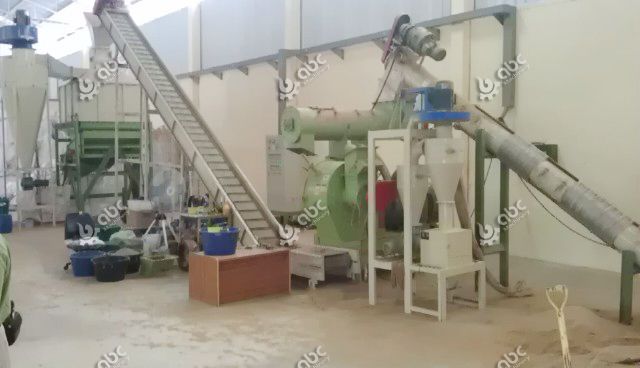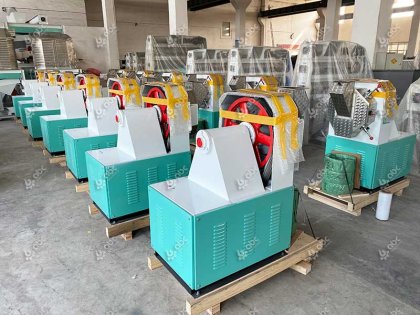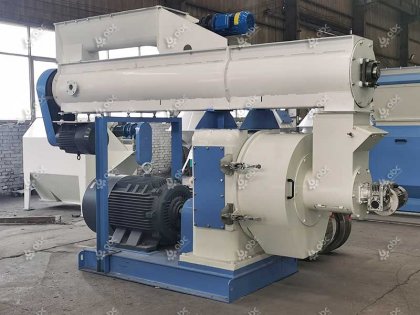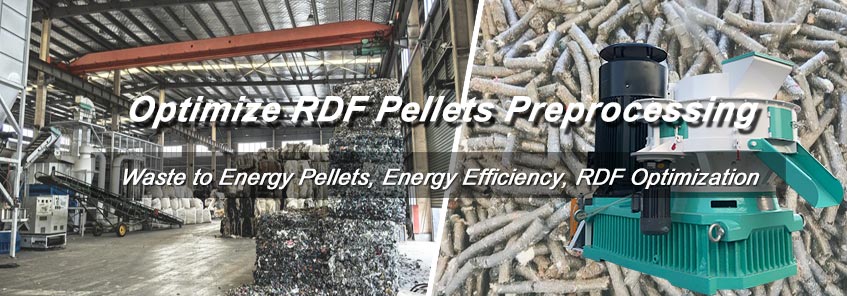
RDF Process Optimization: From Waste to High-Efficiency Energy Pellets
Understanding the Basic Requirements of RDF Process Optimization
The RDF (Refuse-Derived Fuel) process converts heterogeneous waste into engineered fuel pellets suitable for combustion. It spans shredding, drying, and pelletizing, with each stage influencing pellet quality, durability, and calorific value. Optimizing each step boosts energy efficiency while cutting production costs.
Key Optimization Factors You Can’t Skip
- Preprocessing Techniques: Preprocessing of waste materials before pelletization improves both the quality and uniformity of RDF pellets. Common preprocessing techniques include size reduction, sorting, and drying.
- Pelletizing Equipment: The right vertical ring-die pelletizer can significantly enhance pellet strength and density, leading to better combustion efficiency.
- Quality Control Measures: Implementing robust quality control systems ensures that RDF pellets meet industry standards, contributing to higher energy output and efficiency.
Notes on MBT and NIR
The Impact of Preprocessing on RDF Pellet Production Line Efficiency
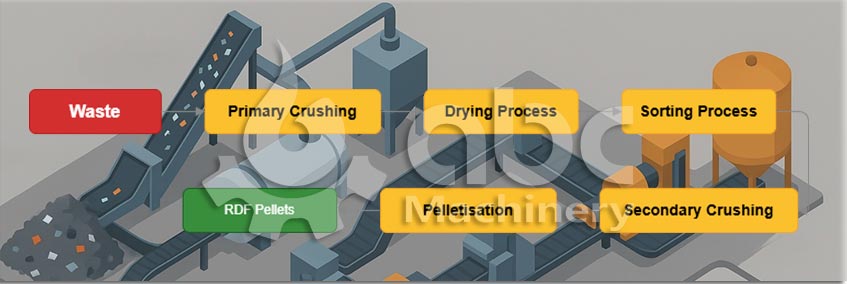
Key Requirements & Flow of RDF Process Optimization
Preprocessing is a crucial step in RDF pellet production that significantly impacts both pellet quality and overall line efficiency. The purpose of preprocessing is to prepare the raw materials—typically municipal solid waste (MSW)—so they are suitable for the pelletizing process.
Key preprocessing techniques include:
- Shredding: Reducing the particle size of the raw material helps improve pellet formation and ensures uniformity in the final product. Materials like plastics, paper, and wood need to be shredded to sizes that promote optimal pelletization.
- Drying: Waste materials with high moisture content require drying to reach an optimal moisture level for pellet production. This prevents clumping and ensures smooth pellet formation.
- Sorting: Effective sorting ensures that only suitable materials are used in pelletizing, removing contaminants that could affect the pellet quality.
The combination of these preprocessing steps leads to a higher yield of RDF pellets, with better combustion characteristics, energy content, and overall production line efficiency.
| Preprocessing Step | Recommended Parameter | Throughput Impact | Quality Impact |
|---|---|---|---|
| Shredding | ≤ 50 mm particle size | +10–20% throughput | Better densification, fewer fines |
| Drying | Moisture 8–12% | Reduces clogging by ~30% | +5–8% calorific value |
| Sorting | Metal content ≤ 0.5% | Equipment wear ↓ 20–25% |
Lower ash, cleaner combustion |
By optimizing preprocessing methods, facilities can achieve consistent pellet production, reduce downtime, and improve overall efficiency. For customized preprocessing solutions that align with your facility’s needs, reach out to our engineering team today.
RDF Pellet Quality Control and Improvement Techniques
Maintaining high-quality RDF pellets is essential for ensuring consistent performance in energy generation. Quality control measures are implemented throughout the RDF production process to guarantee that each pellet meets the desired specifications.
Several techniques contribute to RDF pellet quality improvement, such as:
- Moisture Control: Moisture content directly affects the combustion efficiency of RDF pellets. Monitoring and controlling moisture levels during pelletization ensures that pellets burn at optimal temperatures.
- Pellet Durability Testing: Using a durability tester, manufacturers can assess the mechanical strength of RDF pellets. Stronger pellets are less likely to break during handling and transport, ensuring a higher yield of usable fuel.
- Particle Size Distribution: Achieving uniform particle size distribution is critical for ensuring efficient combustion and stable energy output.
By implementing robust quality control systems and continuous monitoring, facilities can ensure that RDF pellets consistently meet the required standards for energy generation.
For more information on quality control systems and improvements for RDF pellet production, contact our experts to discuss your quality management needs.
Efficient RDF Process Optimization Methods and Equipment Selection
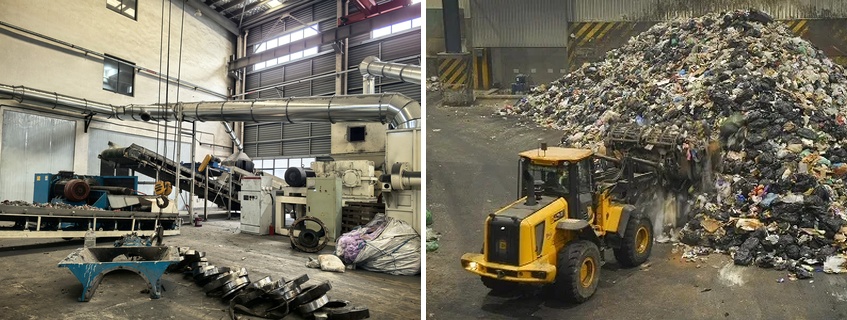
Choose the Right Equipment: Pellet Mills, Dryers & Shredders for RDF Efficiency
To further enhance RDF pellet production, choosing the right equipment and optimizing process flows are essential. Efficient RDF process optimization methods include integrating state-of-the-art equipment that improves throughput and energy efficiency.
When selecting equipment for RDF treatment and pelletizing, consider:
- Pelletizing Mills: Advanced pellet mills improve throughput while maintaining pellet quality. Machines designed for high-density pellet production yield better energy content and are more durable.
- Drying Units: Efficient drying units reduce moisture content quickly and uniformly, speeding up the process while maintaining pellet integrity.
- Shredding and Sorting Machines: High-performance shredders and sorters help ensure that raw materials are appropriately prepared for pelletizing, reducing waste and maximizing production efficiency.
A well-integrated RDF production line requires equipment that is compatible with the specific characteristics of the materials being processed. Implementing efficient solutions across the production line ensures consistent, high-quality RDF pellets while reducing energy consumption.
Partner with ABC Machinery's engineering experts to optimize your RDF production line for maximum efficiency and pellet quality.



